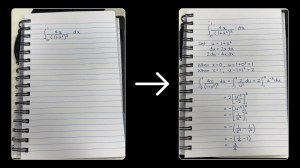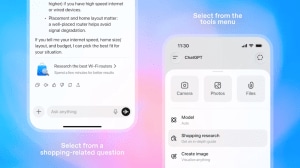Who is in the loop and who out?
The power and importance of communications technology are clear. But is it leading to globalization or polarization in communications?The...

The power and importance of communications technology are clear. But is it leading to globalization or polarization in communications?
The information revolution has only just begun on a worldwide scale, and its networks are spreading wider every day. But they are heavily concentrated in a very few countries. In Cambodia in 1996, there was less than 1 telephone for every 100 people. In Monaco, by contrast, there were 99 telephones for every 100 people. A widely accepted measure of basic access to telecommunications is having 1 telephone for every 100 people — a teledensity of 1. Yet as we enter the next century, a quarter of countries still have not achieved even this basic level. Many of those countries are in Sub-Saharan Africa and among the least developed countries. At the present average speed of telecommunications spread, Cote d’Ivoire and Bhutan would take until 2050 to achieve the teledensity that Germany and Singapore have today.
Beyond basic landline connections, the disparities are even morestark. In mid-1998 industrial countries — home to less than 15 per cent of people — had 88 per cent of Internet users. North America alone — with 5 per cent of all people — had more than 50 per cent of Internet users. By contrast, South Asia is home to over 20 per cent of all people but had less than 1 per cent of the world’s Internet users. Thailand had more cellular phones than the whole of Africa. There are more Internet hosts in Bulgaria than in Sub-Saharan Africa (excluding South Africa). The United States has more computers than the rest of the world combined and more computers per capita than any other country. Just 55 countries account for 99 per cent of global spending on information technology. Most telephones in developing countries are in the capital city, although most people live in rural areas.
Connections are often poor in the rainy season, and the costs of calls are very high. In several African countries average monthly Internet connection and use costs run as high as $100 comparedwith $10 in the United States.Yet even if telecommunications systems are installed and accessible, without literacy and basic computer skills people will have little access to the network society. In 1995 adult literacy was less than 40 per cent in 16 countries, and primary school enrolments less than 80 per cent in 24 countries. In Benin, for example, more than 60 per cent of the population is illiterate, so the possibilities of expanding access beyond today’s 2,000 Internet users are heavily constrained. Even for the newest and most advanced technologies,the most basic and long standing policy lies at the heart of the solution: investment in education.
WELCOME TO THE NETWORK HIGH SOCIETY
Within each region it is only the tip of each society that has stepped into the global loop worldwide, just 2 per cent of all people. What sets these people apart from the rest? Current access to Internet runs along the fault lines of national societies, dividing educated from illiterate, men from women, richfrom poor, young from old, urban from rural. National Internet surveys in 1998 and 1999 revealed that:
(Excerpted from Human Development Report 1999; Oxford University Press; Rs 395)






- 01
- 02
- 03
- 04
- 05

























